![A section of MX3D’s 3D printed bridge [Image: Rob Blaauboer]](https://fabbaloo.com/wp-content/uploads/2020/05/image-asset_img_5eb0a43bbd173.jpg)
Dutch Design Week is in full swing, and Fabbaloo friend Rob Blaauboer shares a look at 3D printing at this year’s event.
The annual happening draws thousands to Eindhoven, with exhibitions and presentations happening throughout the city. Much of the activity is concentrated in an old Philips factory, rechristened the Klokgebouw, that now houses workspaces for creative people.
Rob, an Innovation Manager & Blogger & Gadgeteer based in the Netherlands, was kind enough to reach out to share his impressions from the event, one of many around the world highlighting innovations in design and creation.
“It really is a massive event,” Rob tells us. “I was invited by Renault, the automaker, and they gave me a tour of the highlights. In a three-hour tour, I saw maybe 3% of what was on show.”
As we focused our chat on the 3D printing at Dutch Design Week (DDW), he said that the most attention-grabbing feature was the highly-anticipated metal 3D printed bridge from MX3D. In the works since 2015, the steel bridge is finally readying for installation next year following redesign to ensure it will stand up to the foot traffic in Amsterdam’s busy red light district. A chat with MX3D Co-Founder and CTO Tim Geurtjens added to Rob’s understanding of the bridge, which will incorporate sensors to track its traffic.
“I actually walked across it. The funny thing is it will be part of the city not so much in a literal sense, but also with sensors and a digital twin knowing that so many people are crossing the bridge, and how many people are on it and the load, so the 3D printed bridge will be part of the smart city,” Rob explains.
MX3D says of the 12-meter-long bridge:
“During the Dutch Design Week (DDW) visitors are invited to walk over the bridge to generate the first data set. Data from the bridge will be used by partners like The Alan Turing Institute, the UK’s national institute for data science and artificial intelligence, along with Autodesk to build a digital twin model and sensor network which use advanced data analysis to monitor the bridge’s performance in real-time.”


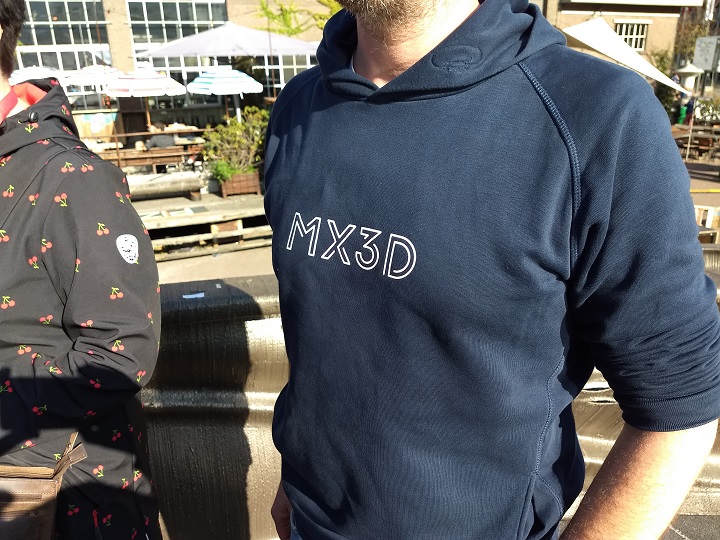
After crossing that bridge, Rob’s tour took him into additional projects and products of interest in 3D printing.



“This project from the university takes the shells of mussels, grinds them into a powder, and puts that into an Ultimaker 3D printer. They can then make a lampshade, or whatever they want to do,” Rob explains.

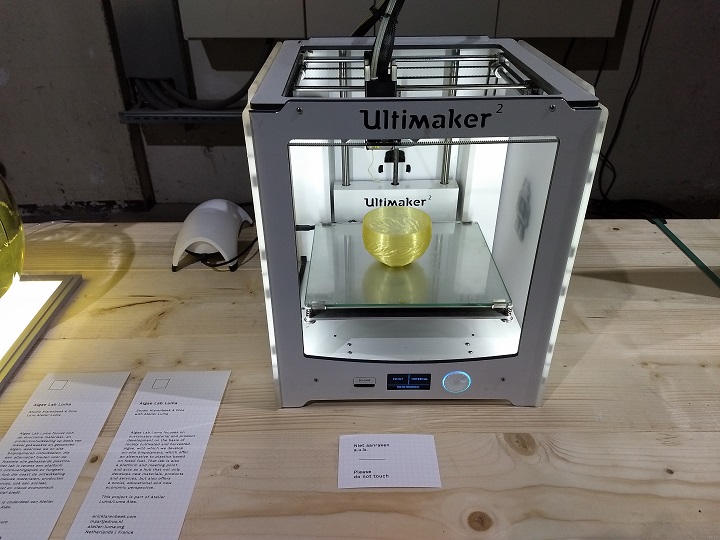

“There was a 3D algae bioplastic algae that seems to be a reasonably durable plastic,” he says.
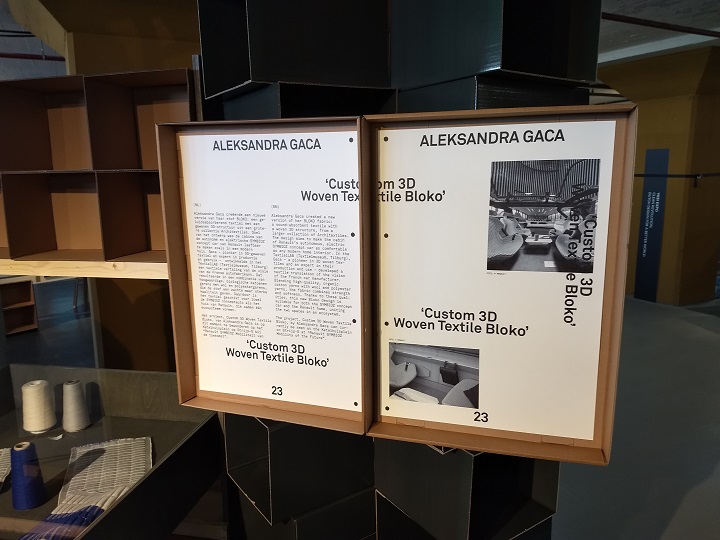

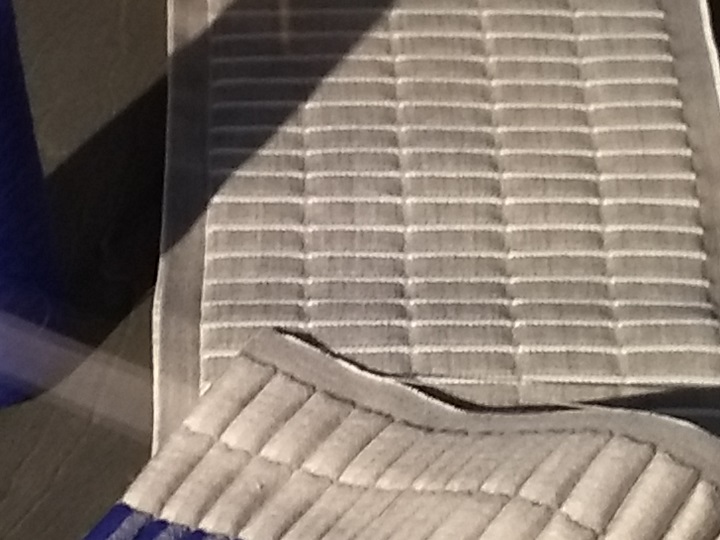
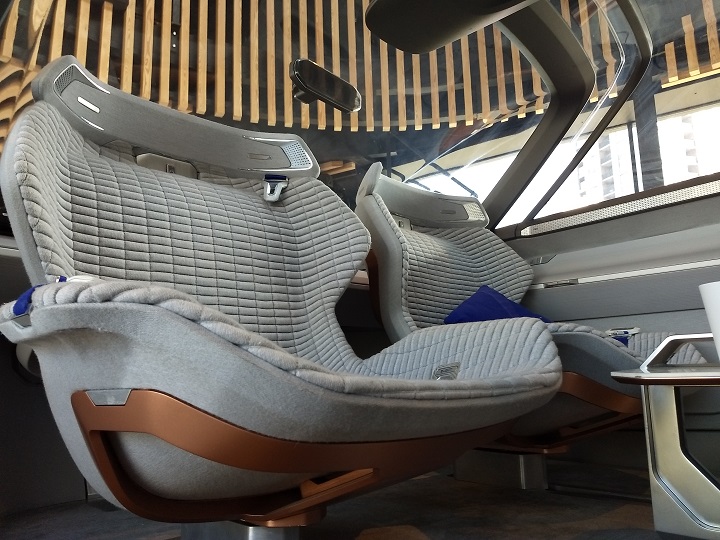
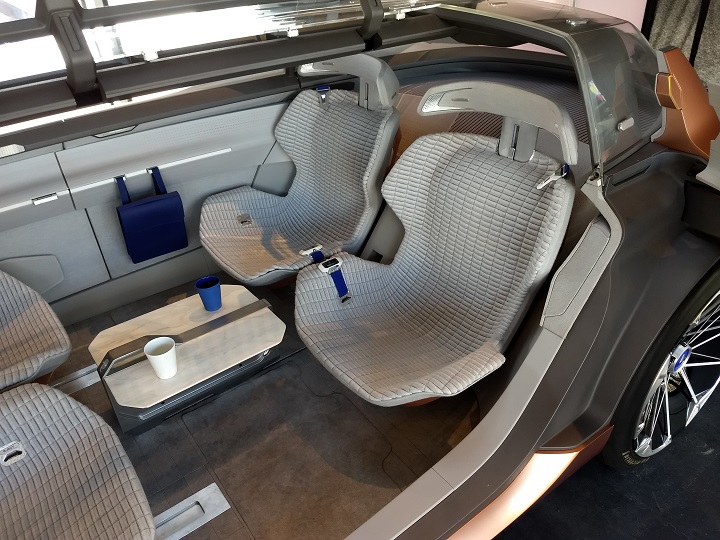
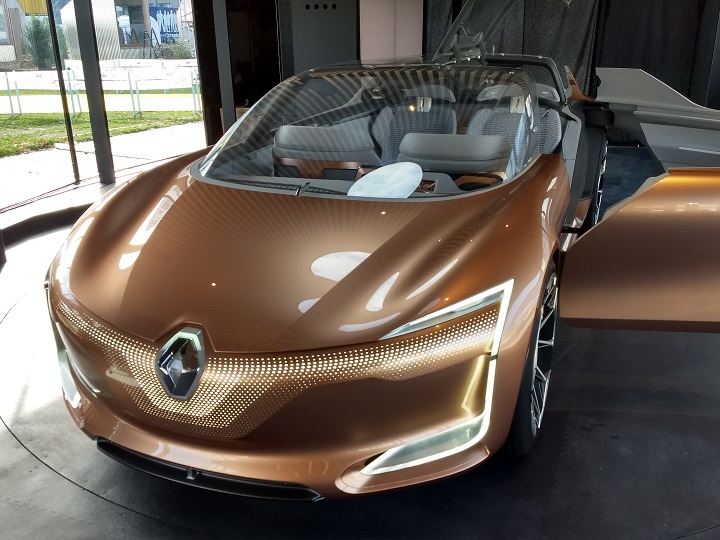
“Then there was the 3D woven textile, that was actually quite cool. It was the upholstery actually used in one of the design models from Renault. They have the SYMBIOZ concept car that comes with a house — or the house that comes with the car — where you drive the car into the house on purpose,” Rob adds. “They had the 3D woven upholstery that was on show there.”
DDW houses, as always, a significant amount of innovation and forward thinking.
“Even the ice cream has a story; they don’t sell ice cream there, they sell a story with a flavor,” Rob notes of the overall atmosphere at the design event.
“You could easily spend a couple of hours there, or even one or two days if you would like to see everything.”

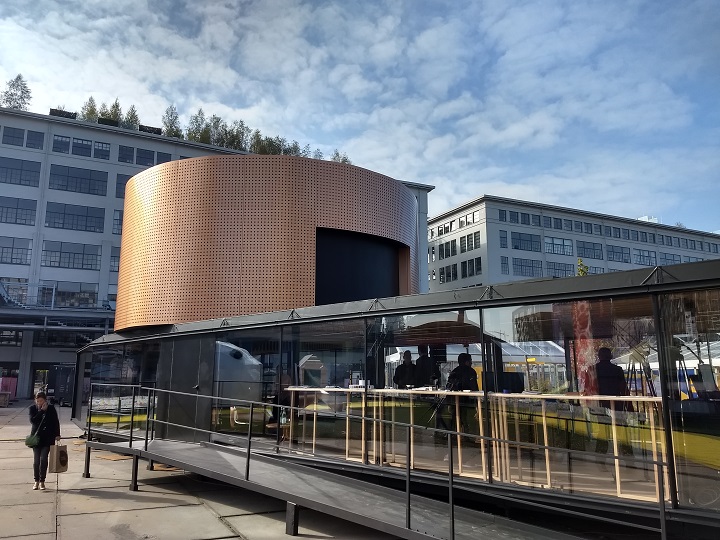
DDW opened on the 20th and runs through the 28th of this month, with plenty to see throughout Eindhoven.
[All images courtesy Rob Blaauboer]
Via Dutch Design Week, MX3D, Renault

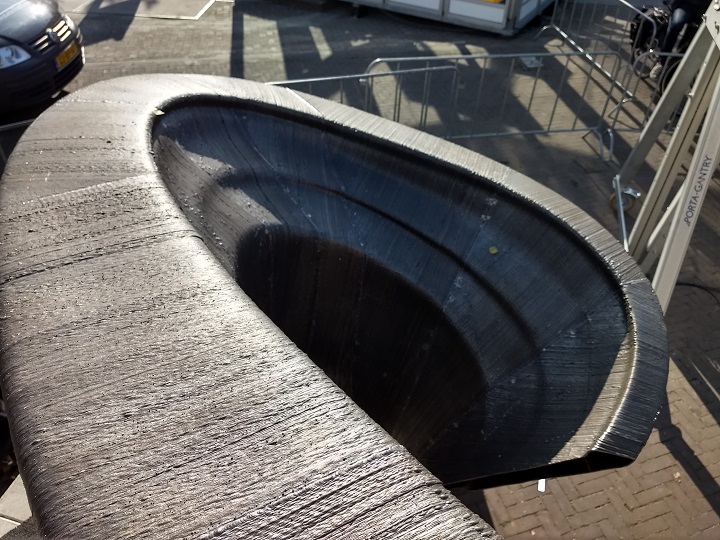









The fate of major 3D printing conferences in 2020 is unclear with the ongoing virus outbreak. We have thoughts on what it could mean.